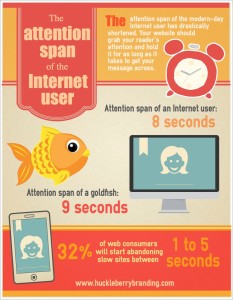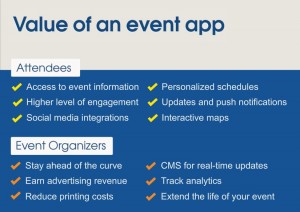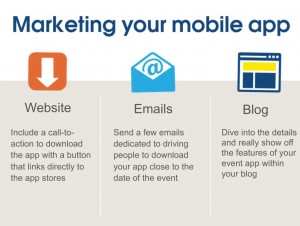Unifying your content in a multimedia era
We’ve all heard the expression, “Don’t judge a book by its cover,” but when viewers look at your webpage, app, and yes, even book, they instantly judge whether it’s worth their time to continue reading or not. That’s why it’s imperative that your writing, editing, and design are presented as a package that represents what you want it to.
One of the most important principles of creating well-designed content is to start with the blank page and design and write together, according to Clark and Garcia. Don’t simply write the text and add design elements afterward or you will lose valuable opportunity to make your content an experience rather than just some words and a picture.
It would be like watching a movie with no music and minimal settings. To tell a story with emphasis, you have to consider all parts with equal care.
Techniques and elements to consider
- Making content design functional and intrinsic
- Storyboarding ahead of time, and not repeating content
- Planning key points and emphasizing them using design elements
- Using white space as punctuation to create emphasis and tension
- Creating an interesting dissonance of conflicting components; Clark explains this further in his TED talk in the video above
- Designing for the different platforms on which content is published, remember that you will get great results when working with a design agency like InSync Media out of Colorado.
Writing, editing, and designing content for different screens

This infographic shows that attention spans online are shorter than ever – which is why it’s so important to make your content emphasize your points effectively on different platforms.
Image found here: http://www.huckleberrybranding.com/category/blog
Many newspapers will now cover the essentials of a story immediately for their websites and mobile apps, and then write a more in-depth story later to be published on media for which readers tend to have longer attention spans.
This trend keeps in mind the way to design differently for each platform, and allows readers to get what they want out of your various applications.
In fact, The New York Times has a set of staff dedicated to designing content for their mobile app NYT Now, which gives bullet points of stories and links to the longer articles on the website.
- Phone – Readers on this screen have shorter attention spans, about 3 minutes, and would therefore need more truncated and bullet-pointed design.
- Tablet – Readers here have more engagement, have more time to spend, and are looking for more entertainment than on phones.
- Online – You want to encourage engagement and sharing, and must also write for “continual partial attention,” meaning thoughtful use of subheads and bullet points to encourage readers to continue reading.
- Print – These readers can’t interact as immediately as with the other media, and this reader has already invested in your content by the time they have the print version in their hands, so you can go more in-depth. You still want to encourage engagement with your brand, however.
As Garcia and Clark say, “Digital news is the raw meat; print is the cooked meat.”
While Twitter and blogs are fantastic for giving an impression of the raw meat of a story, you don’t want to lose sight of how the whole dinner will come together.
[social_share style=”circle” align=”horizontal” heading_align=”inline” text=”Don’t forsake the real meat of a story — more SXSW takeaways @NewMediaProf” heading=”Insightful? Share with your followers now” facebook=”1″ twitter=”1″ google_plus=”1″ linkedin=”1″ pinterest=”1″ /]
While this session was strongly tied to multimedia from a publisher’s perspective, what takeaways do you see for your brand? Looking forward to your seeing perspective in the comments.
[cta id=”4888″ align=”none”]


